Why does recreation matter?
Recreation provides both physical and psychological benefits, including exercise, stress reduction, heightened levels of confidence, creativity, and an increased sense of challenge and adventure. Recreation can be good “me time,” or can be enjoyed with friends, family, or with local recreational sports teams and clubs, allowing people to form relationships.
On a community development level, recreation is shown to help boost local economies. Parks, trails and recreational amenities help draw new households, funders and businesses who provide the accompanying food, housing/lodging and equipment to support it.
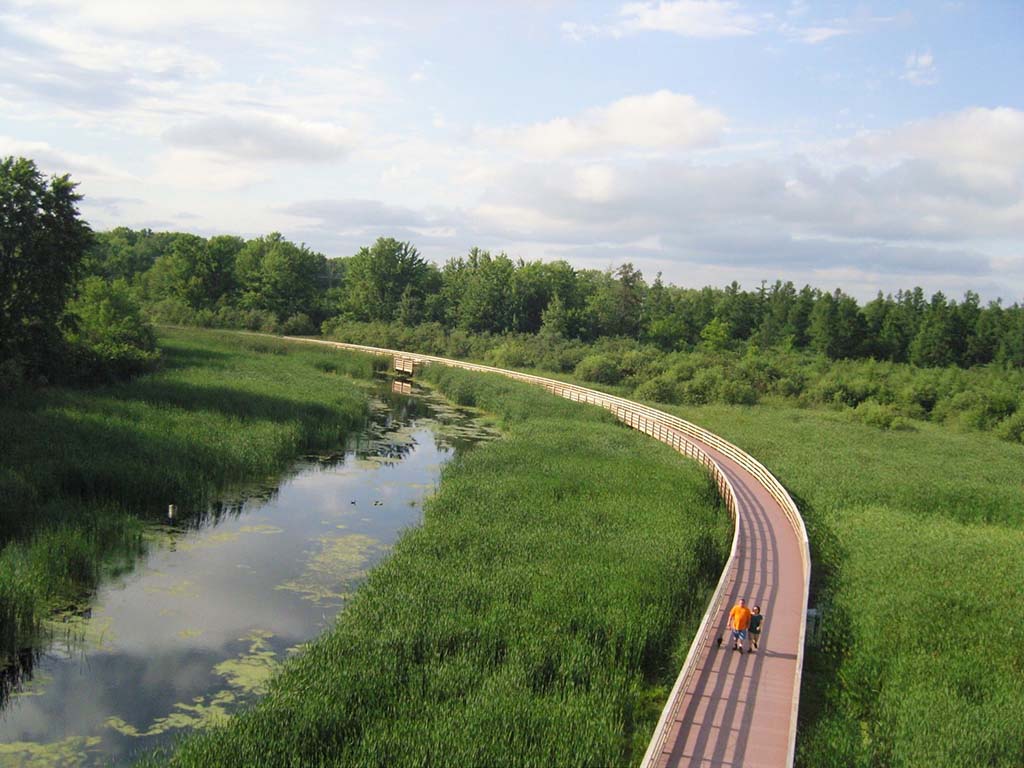
An outdoor recreation revival is taking place across America.
In 2017, a report published by the Outdoor Industry Association estimated that the national economic impact of the outdoor industry was weighing in at a hefty $887 billion a year. Numbers like this have since been prompting communities to take inventory and invest in their regional recreational assets with renewed vigor.
Indeed, having a variety of engaging, accessible outdoor recreational opportunities near one’s community is of growing importance, especially to younger generations as they make important decisions about where to live, work, play and raise a family. A Regional Recreation Plan is working collectively as a region to plan for future recreation. It is instrumental in resource and cost sharing, with communities no longer competing against each other, but working together to reduce overlap, promote the greater area and build a stronger case for supportive funding.
Here, we’ll discuss what collaborative regional recreation planning is, who should help champion the effort, how to get the public engaged in the process, and why a combined effort can lead to the sustained health, growth and economic vitality of all the communities it serves.
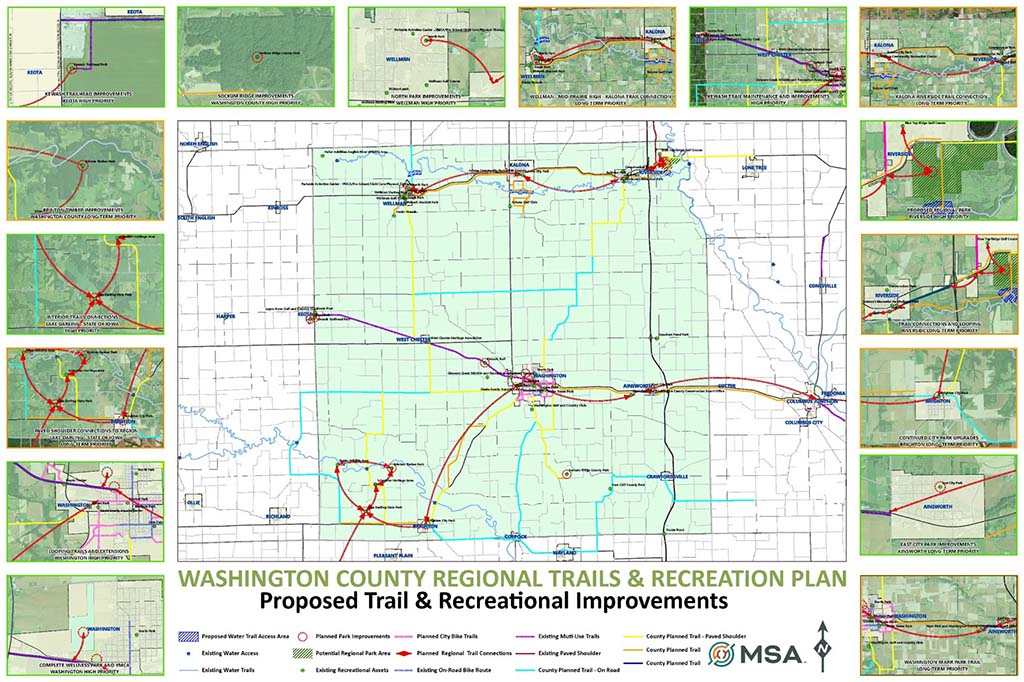
What is collaborative regional recreation planning?
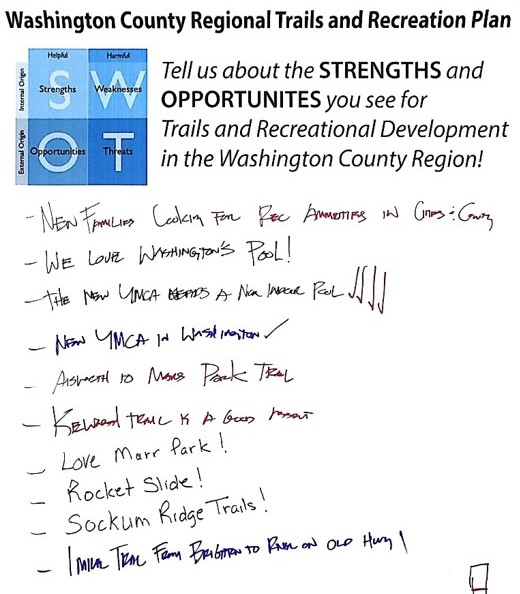
This is planning that calls upon the voices of a broader regional community in visioning, investing, and carrying forth an agreed-upon plan for their shared recreational resources. Here are some key points for starting the process, getting a snapshot of the current environment in time and how to keep the process moving forward.
To understand the wants and needs of each community, a thorough review of past plans and feedback is needed as an initial step in this planning process. Another important component of this process is to take a thorough inventory and evaluation of all existing rural or urban, public and private land and water assets. Entities such as city and county parks and recreation areas, state parks, trails, water trails, nature areas, etc. should be examined for level of use, condition, ADA accessibility, connectivity to other recreation areas, ease of use, and be compared against any living comprehensive or economic development plan already in the works.
It is also vital to identify your strongest champions in the planning effort within each community and launch a comprehensive public engagement and education campaign to collect input from those who will be impacted or most benefit from the plan: the citizens.
Who are your project champions?
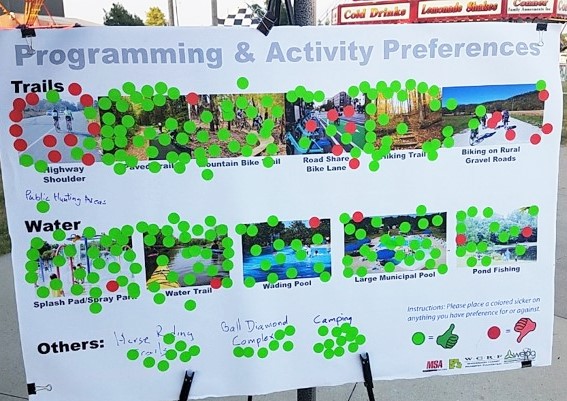
Champions for any type of project or plan generally identify themselves, sometimes without even knowing it. Who are they? These are the people most naturally enthusiastic about or invested in the plan, project or process. In this case, they tend to be people who have recreational hobbies or spend a lot of time enjoying outdoor recreational opportunities, thus have a vested interest in seeing the plan succeed. Champions can greatly help sponsor and market the plan, which can be key in winning public and funding support.
Oftentimes, champions come professionally in the form of economic development directors or members of a designated steering committee. Putting together a steering committee for the regional recreation planning process is essential in getting equal representation from a variety of interested parties. This committee may be comprised of local governmental officials, parks and recreation staff, economic development staff, county conservation corps, members of the DNR, or local non-profit foundations or friends groups.
How do you best engage the public?
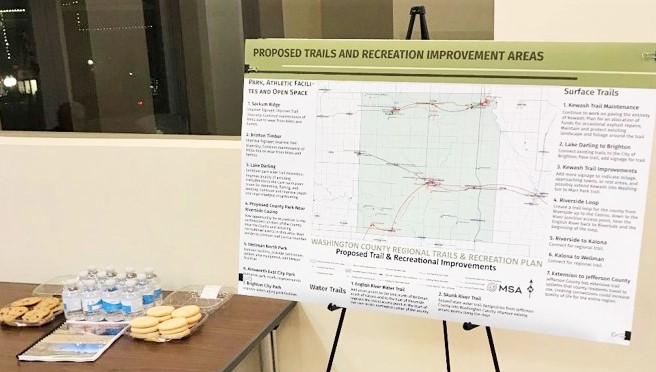
Once you have established a solid steering committee or dedicated group of plan stakeholders, now it is time to hear what the public has to say. Embarking upon a robust public engagement campaign as part of the planning process allows for a variety of perspectives, concerns and insights to be heard, and empowers the citizenry to play an active role in visioning and planning for their future.
Begin early in the planning process with a multi-faceted approach to engagement. Every individual has a different or preferred learning and communication style. Some do better with visual imagery and hands-on, interactive educational sessions. Others prefer print materials that can be read and analyzed before submitting comment. Consider a combination of one-on-one interviews, public open-house forums, select community, organizational or focus-group meetings, both online and paper surveys, door-hangers, and the attendance at community events. Ask questions that elicit thoughtful responses across the spectrum of age, gender, ethnicity and learning ability.
Others tools of use for public engagement might be launching a new website specific to the planning efforts which can help collect community feedback, creation of an online story map via ArcGIS Online to help define current recreational assets and allow residents to identify areas of potential opportunity, places for a new park, a trail, or connection to an existing community neighborhood or amenity.
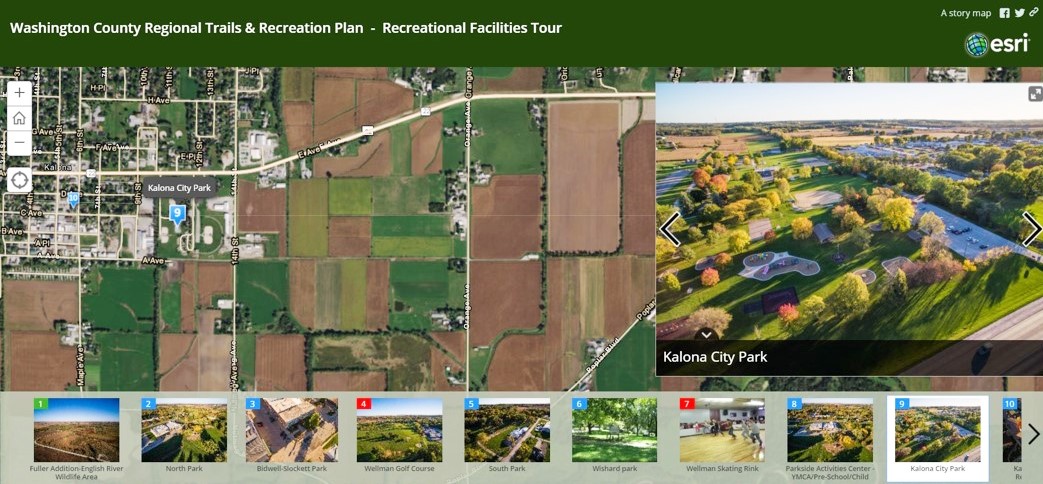
What are the potential benefits of a regional plan?
Funding. Pooling resources helps communities better apply for and attain critical project funding and equally distribute the resulting awards.
Attract New Households –Quality of Life Competition. There is something to be said for friendly competition between communities. Those who invest in quality recreational assets make themselves more attractive to new visitors — and ultimately — new residents.
Reduce Overlap. Collective, collaborative planning saves time, money and inefficient overlap of funds and ideas. The result is holistic, cohesive, thoughtful endeavors rather than smaller, stand-alone projects.
Cost and Resource Sharing. This means a balanced investment in the contributions, risks and rewards as well as shared use and enjoyment of the resulting assets.
Promote Existing Assets. Collaborative planning means collaborative marketing, with the ability to advertise and promote on a larger scale, drawing attention to projects and resources new, old, and evolving.
Connecting to Regional Systems – Multi-Use Trails and Water Trails. Regional recreation plans are wonderful when viewed as networks. Consider how one trail may connect to a neighboring trail, where a water trail landing might dovetail into a bicycle shuttle or a place to camp or picnic. Think about the full user journey and what types of planning will provide the broadest level of fulfillment.
Designing a Regional Recreation Plan is a win-win for the healthful, accessible and economic well-being of a group of communities and the individuals and families who live within them. Reach out today to start a conversation about your region’s recreational health and vision for the future.
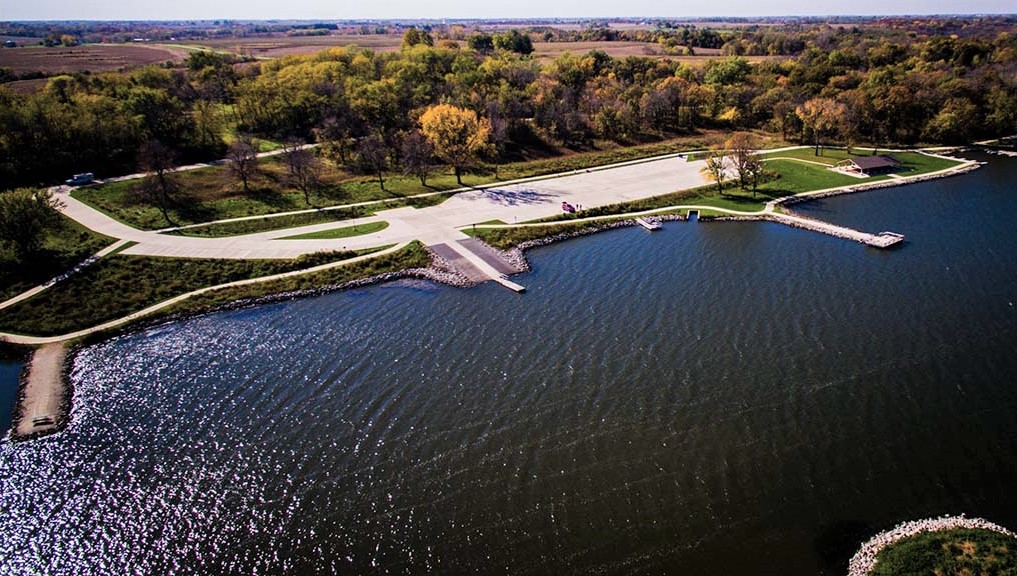
Lake Darling State Park, Washington County, IA
